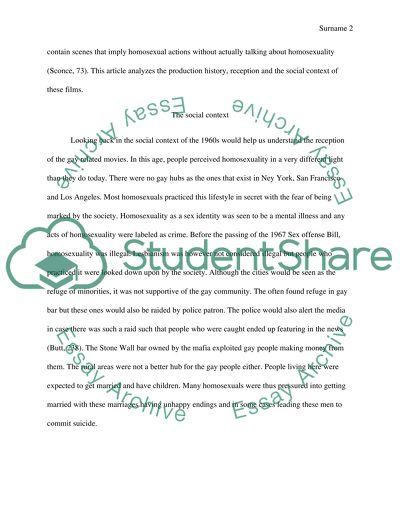Cite this document
(“Representing (Repressed) Homosexuality in the Pre-Stonewall Hollywood Essay”, n.d.)
Retrieved from https://studentshare.org/visual-arts-film-studies/1468150-representing-repressed-homosexuality-in-the-pre
Retrieved from https://studentshare.org/visual-arts-film-studies/1468150-representing-repressed-homosexuality-in-the-pre
(Representing (Repressed) Homosexuality in the Pre-Stonewall Hollywood Essay)
https://studentshare.org/visual-arts-film-studies/1468150-representing-repressed-homosexuality-in-the-pre.
https://studentshare.org/visual-arts-film-studies/1468150-representing-repressed-homosexuality-in-the-pre.
“Representing (Repressed) Homosexuality in the Pre-Stonewall Hollywood Essay”, n.d. https://studentshare.org/visual-arts-film-studies/1468150-representing-repressed-homosexuality-in-the-pre.


